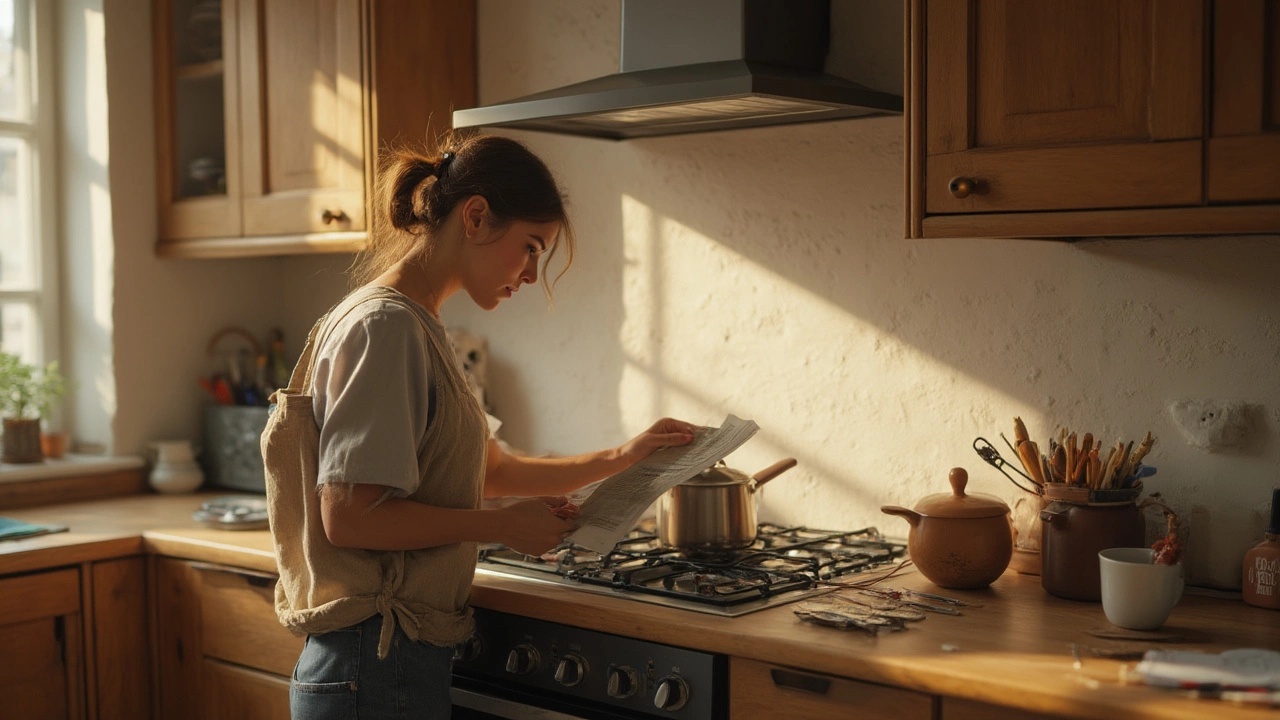
Wondering if your hob can be fixed? Here’s a clear guide about repairing kitchen hobs, common faults, costs, DIY tips, and professional help. Learn what to do if your hob stops working.
Got a hob that’s acting up? You’re not alone – most kitchen owners face a dead zone, uneven heat, or a blinking display at some point. The good news? Many of these glitches can be sorted without a call to a pro. Grab a screwdriver, a bit of patience, and follow these simple steps.
Before you lift a panel, make sure the power is off. Switch off the circuit breaker for the hob or unplug it if it’s a portable unit. Double‑check with a voltage tester; you don’t want a surprise shock. Keep a fire extinguisher nearby – a burnt spot can spark, and it’s better to be ready.
Next, clear the area. Remove any pots, pans, and kitchen clutter. A clean workspace helps you spot loose wires or cracked glass easier and prevents accidental damage to nearby surfaces.
1. Hob Won’t Heat – Start by checking the control knob. Sometimes the knob’s plastic can crack, breaking the connection. Pull it off gently; you’ll see a small metal stem. If it’s bent, straighten it or replace the knob. If the knob looks fine, inspect the heating element (for electric hobs) or the gas valve (for gas hobs). A blown fuse in the control board can also stop heat. Swap the fuse with one of the same rating and test again.
2. Uneven Heating or Hot Spots – This often means the heating element is dirty or has a break. Remove the hob’s top panel (usually a few screws) and look for any residue or carbon buildup. Use a soft brush and a little mild detergent to clean the surface. If you see a gap or a visible crack in the element, it needs replacing – note the part number and order a matching piece.
3. Blinking or Faulty Display – Faulty LEDs are usually caused by a loose connection. Open the control panel, locate the ribbon cable, and reseat it firmly. If the display still blinks after reseating, the control board may be failing. In many cases, swapping the board with a refurbished unit is cheaper than a full service call.
4. Burnt or Discoloured Glass – A burnt spot can weaken the glass and affect heating. Gently sand the area with fine‑grit sandpaper until it’s smooth, then wipe clean. If the glass is cracked, replace it – most manufacturers sell the top glass separately. When fitting the new glass, ensure the seals are snug to avoid heat loss.
5. Faulty Touch Controls – Touch‑sensors can get covered in grease, causing missed inputs. Clean the surface with a soft cloth dampened with a little rubbing alcohol. Let it dry fully before testing. If the sensor still doesn’t respond, the underlying circuit may be at fault and requires a board replacement.
After any repair, re‑assemble the hob, restore power, and run a quick test on each zone. Turn the knobs to low, medium, and high to confirm steady heat. If something still feels off, it’s wiser to call a professional – especially when dealing with gas connections.
Remember, regular maintenance can stop many problems before they start. Wipe down the hob after each use, check for loose knobs monthly, and keep the area dust‑free. A little upkeep goes a long way toward keeping your cooktop humming smoothly.

Wondering if your hob can be fixed? Here’s a clear guide about repairing kitchen hobs, common faults, costs, DIY tips, and professional help. Learn what to do if your hob stops working.